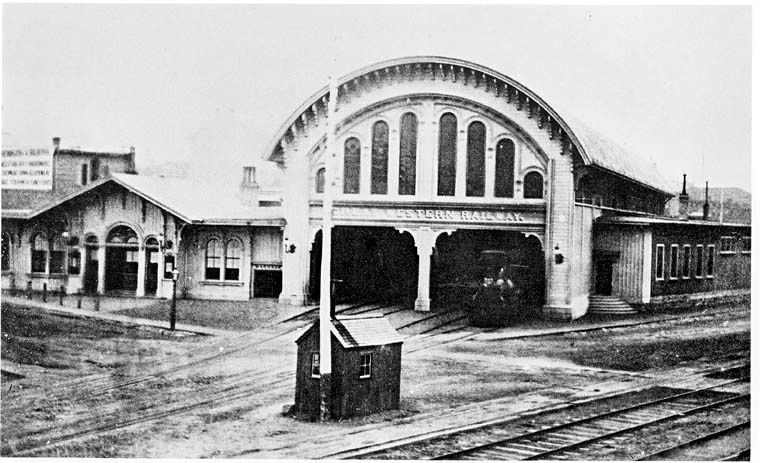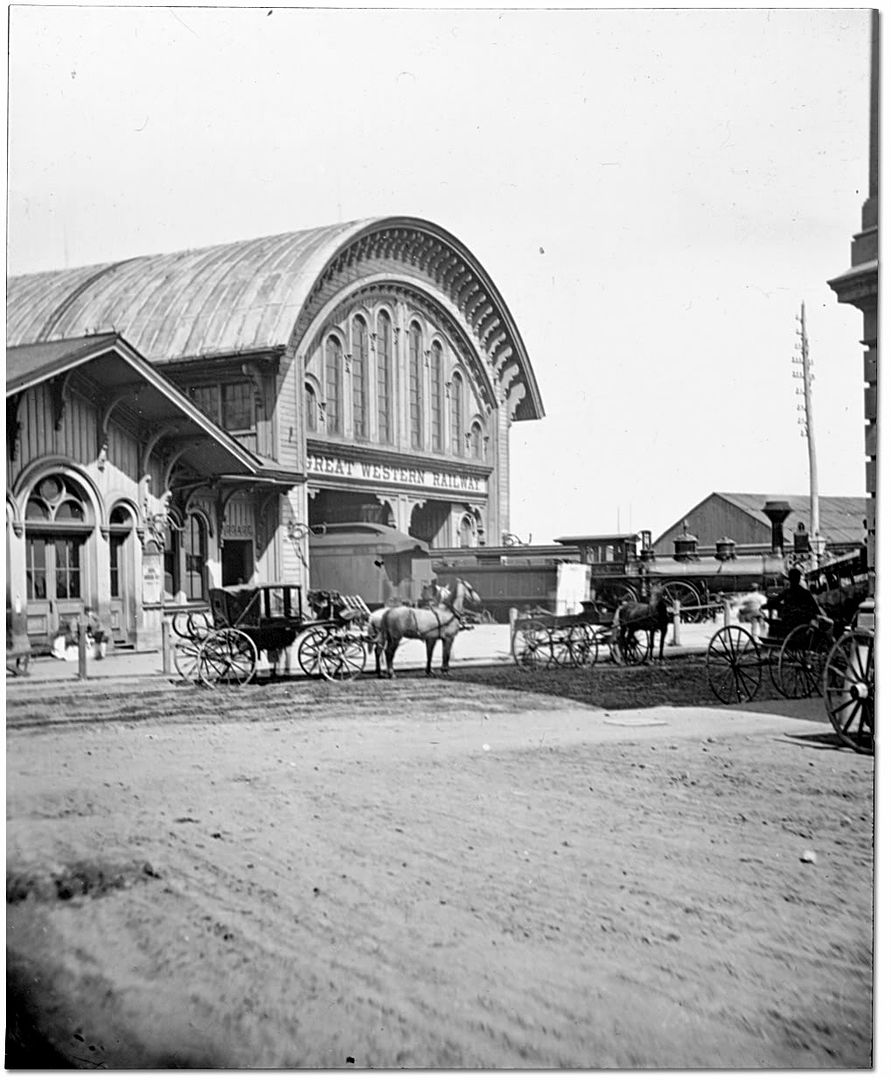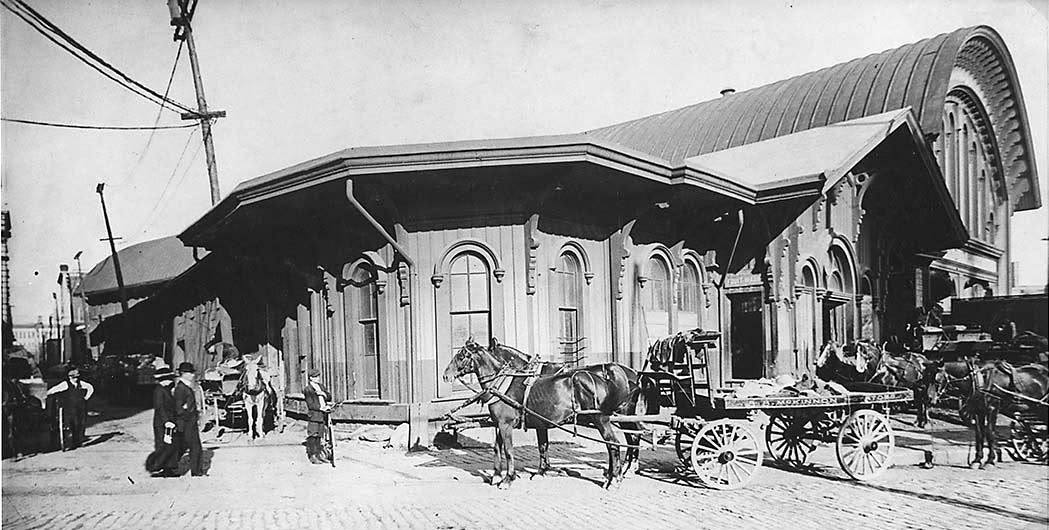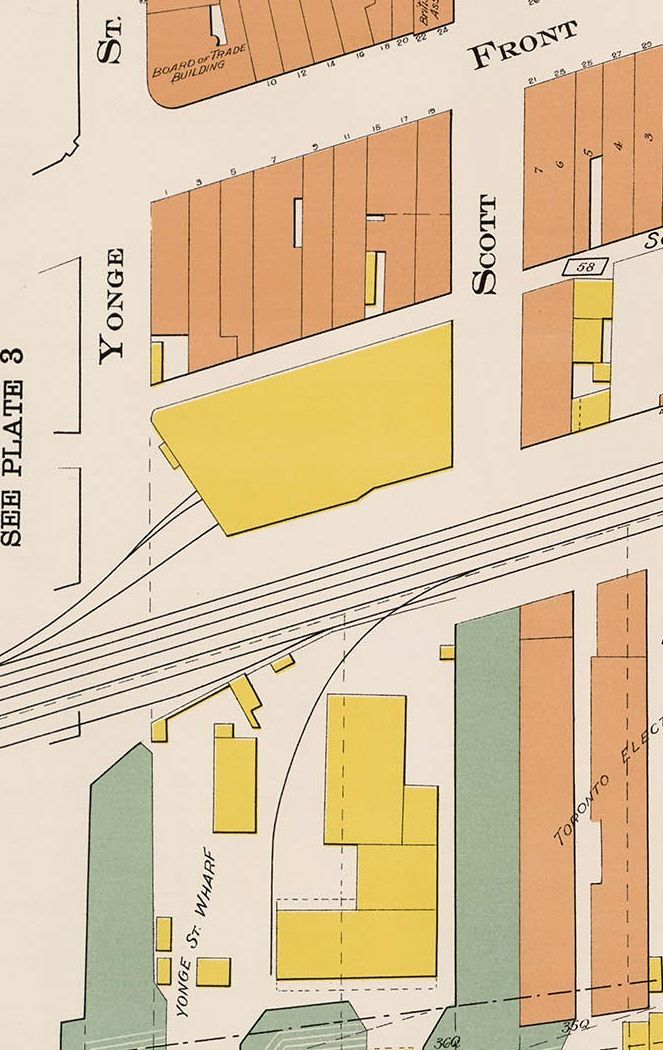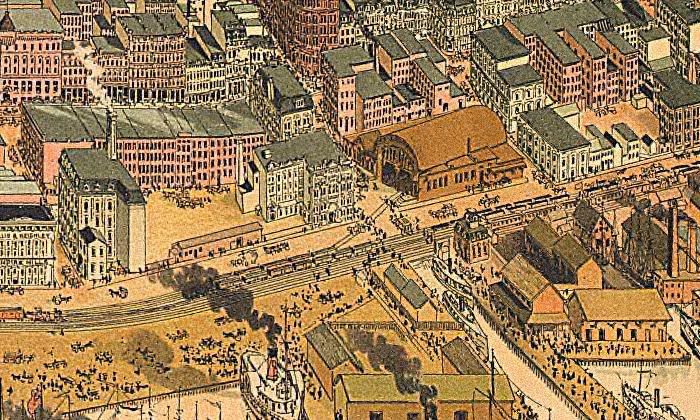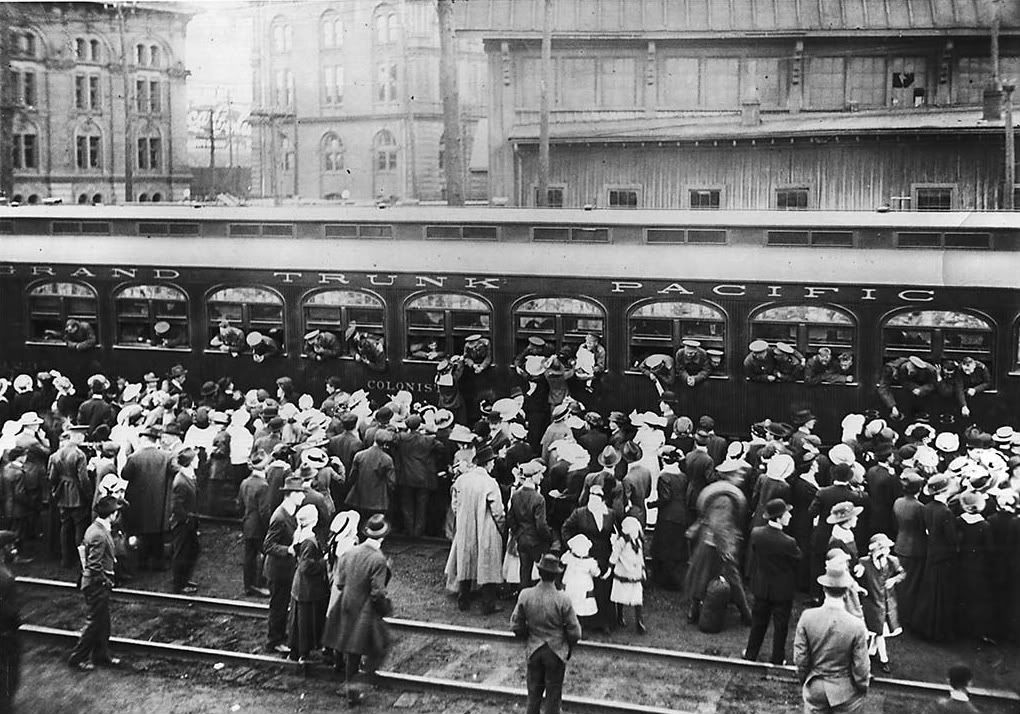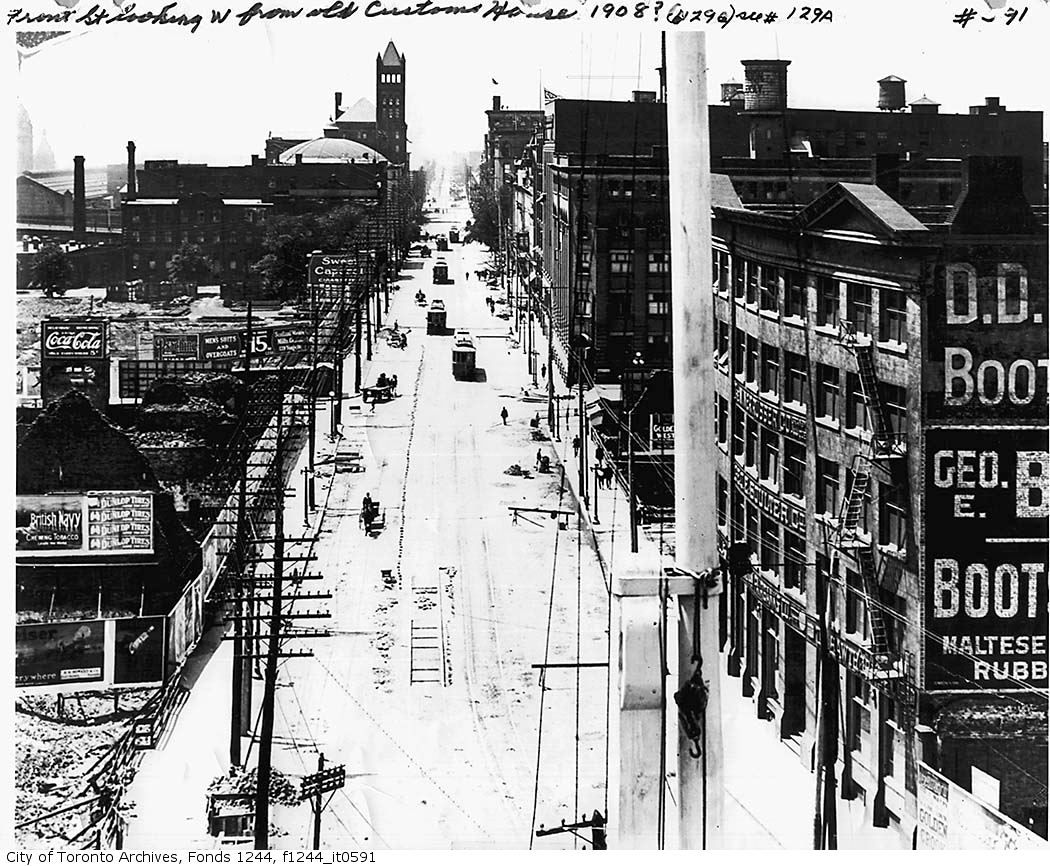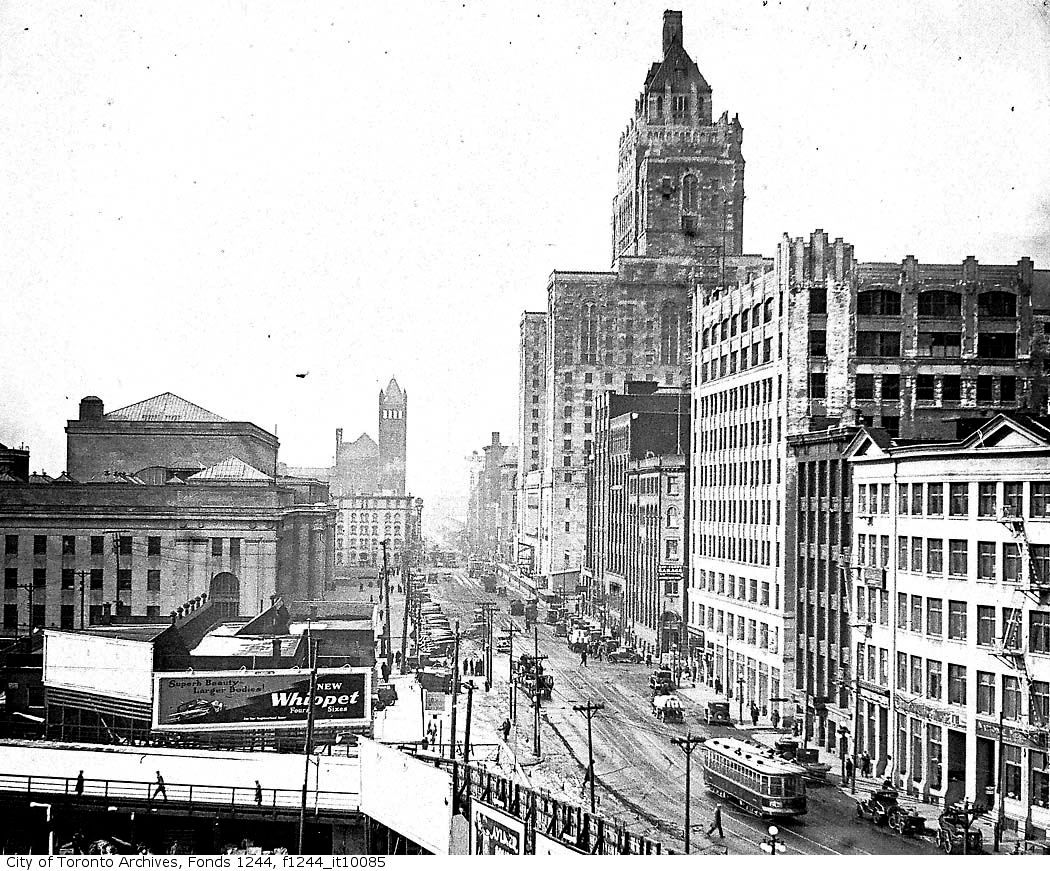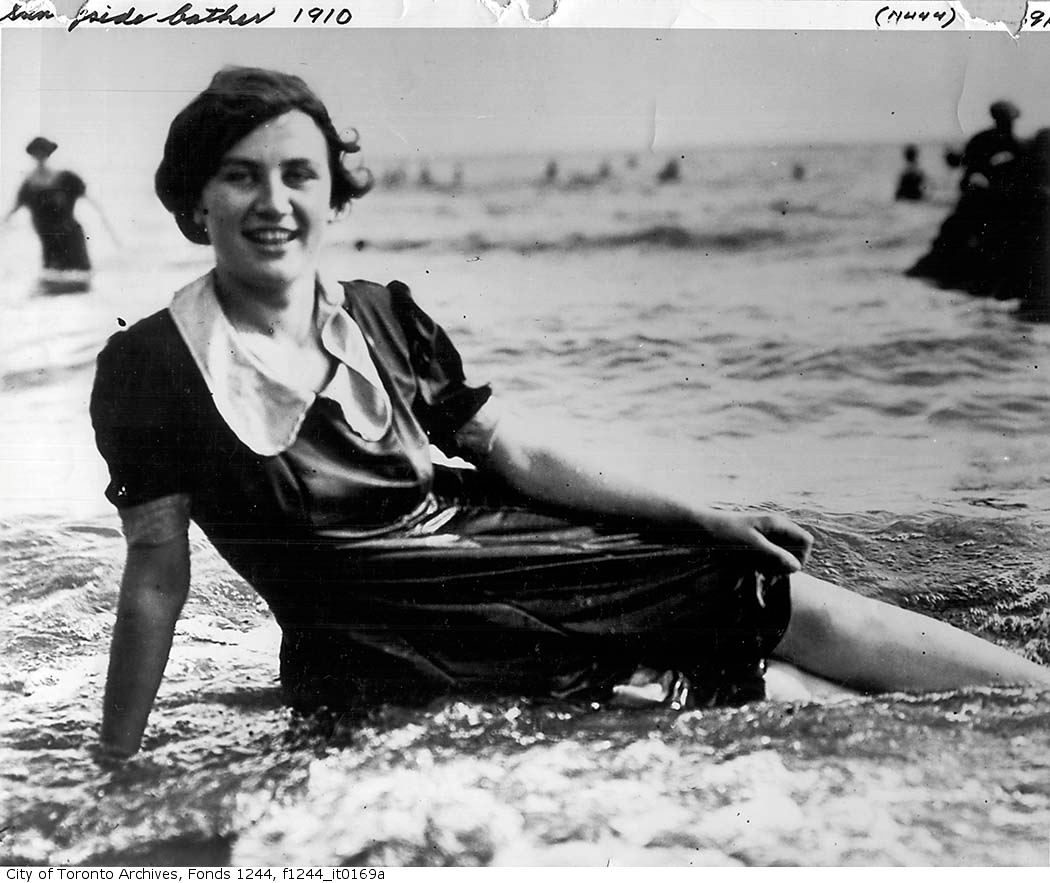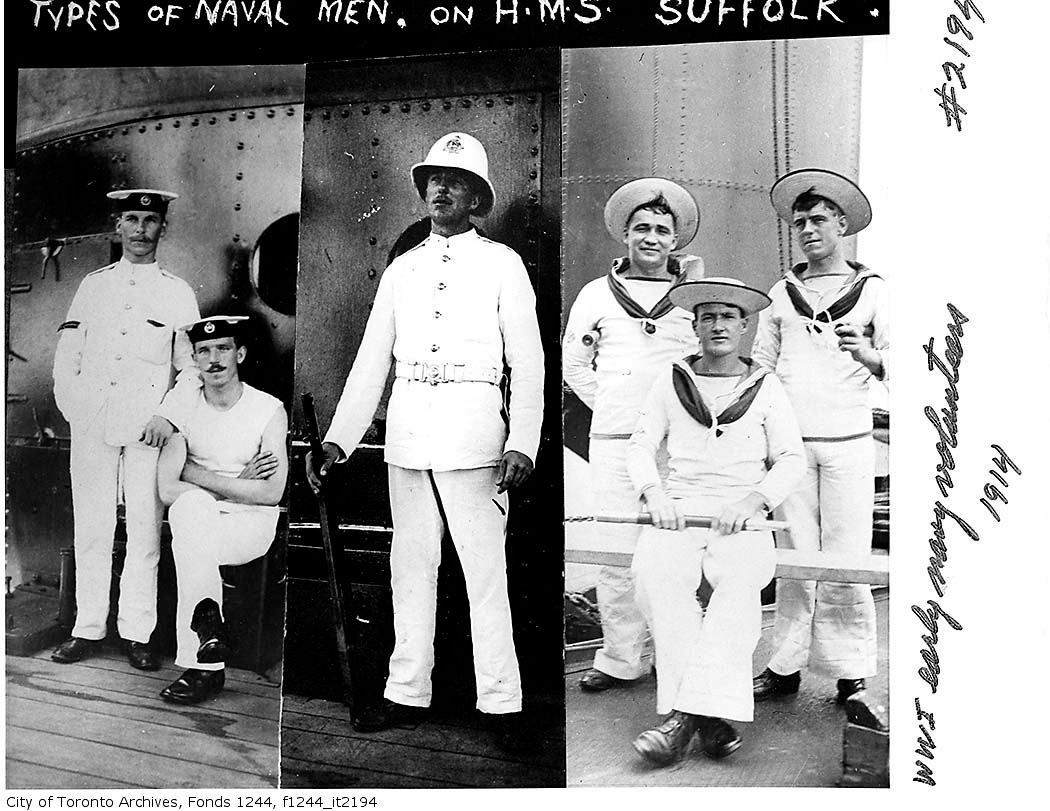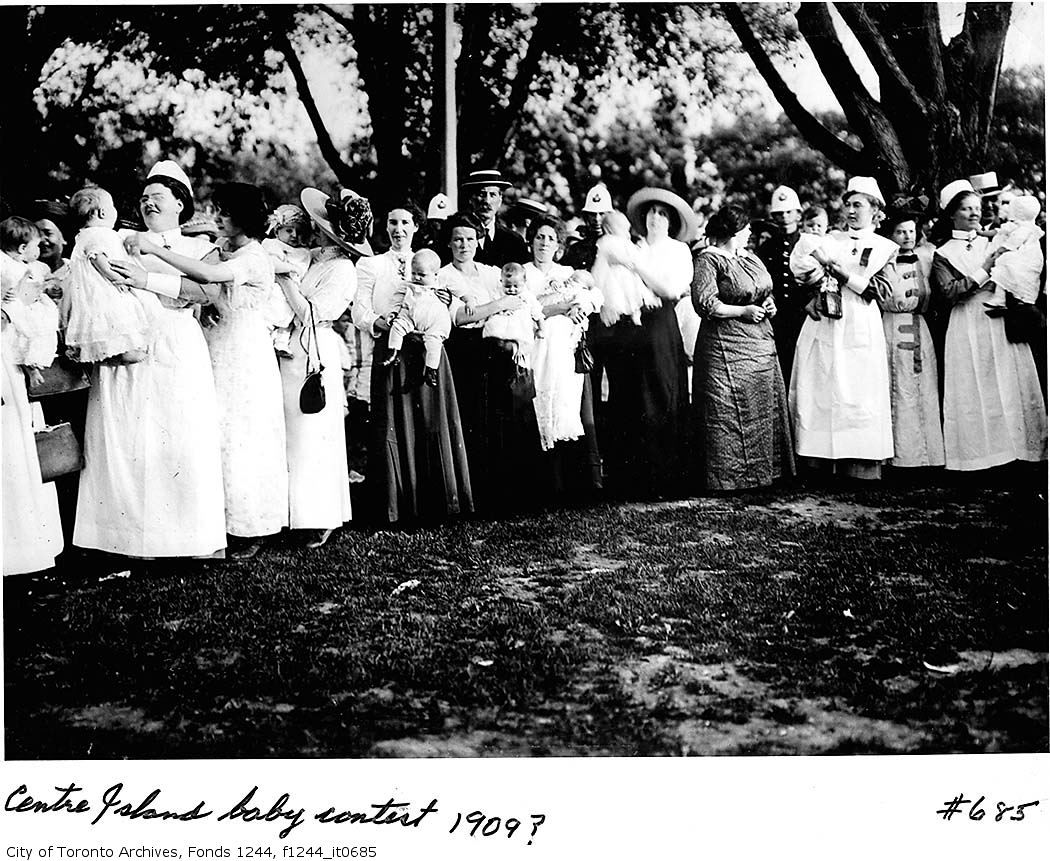LowPolygon
Senior Member
Here are some photos from 2 years after the Great Toronto Fire of April 19th, 1904

Note that the piece found in the 2nd photo is probably the 3rd piece from the left in the 3rd photo. I assume that is University College on the plate?
thank you for contributing those! i especially like the detail shots of the ironstone and china.
"Ironstone is used as a component in some ceramics, commonly known as "ironstone china". Josiah Wedgwood also manufactured a "stoneware" china in the 19th century. It was commonly used for heavy-duty dinner services in the 19th century. Charles James Mason (son of the potter Miles Mason) took out a patent for "Mason's Ironstone China" in 1813."
good eye on the hand painted UC image on the maple leaf plate. i know Urban Shocker isn't fond of Victorian tchotchkes, but i'd happily give them a home! those miniature ceramic boots are still uh "kicking around", you see them at the Sally Ann on occasion....






